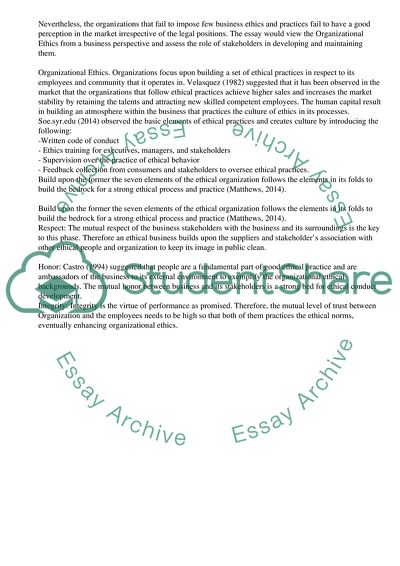Cite this document
(“Organizational Ethics Term Paper Example | Topics and Well Written Essays - 1500 words”, n.d.)
Retrieved from https://studentshare.org/business/1676203-organizational-ethics
Retrieved from https://studentshare.org/business/1676203-organizational-ethics
(Organizational Ethics Term Paper Example | Topics and Well Written Essays - 1500 Words)
https://studentshare.org/business/1676203-organizational-ethics.
https://studentshare.org/business/1676203-organizational-ethics.
“Organizational Ethics Term Paper Example | Topics and Well Written Essays - 1500 Words”, n.d. https://studentshare.org/business/1676203-organizational-ethics.


